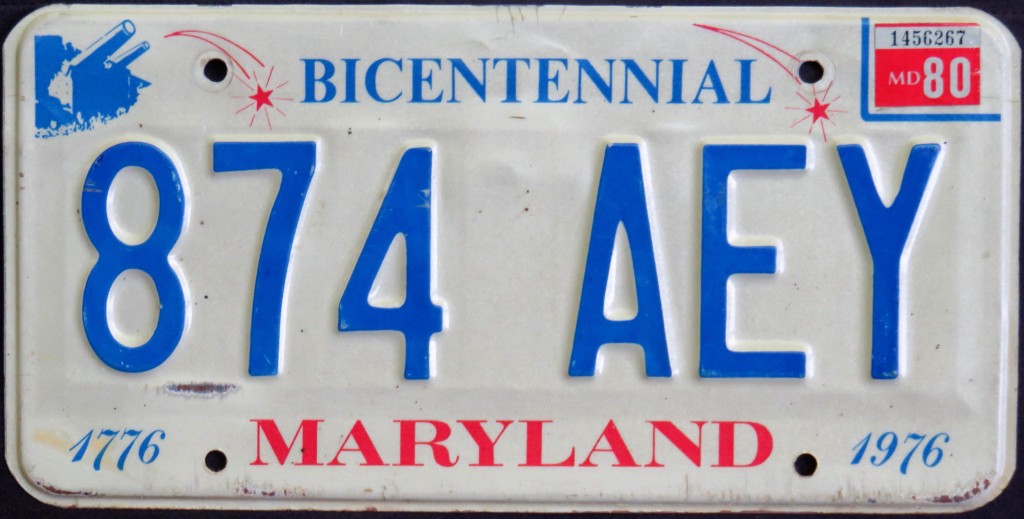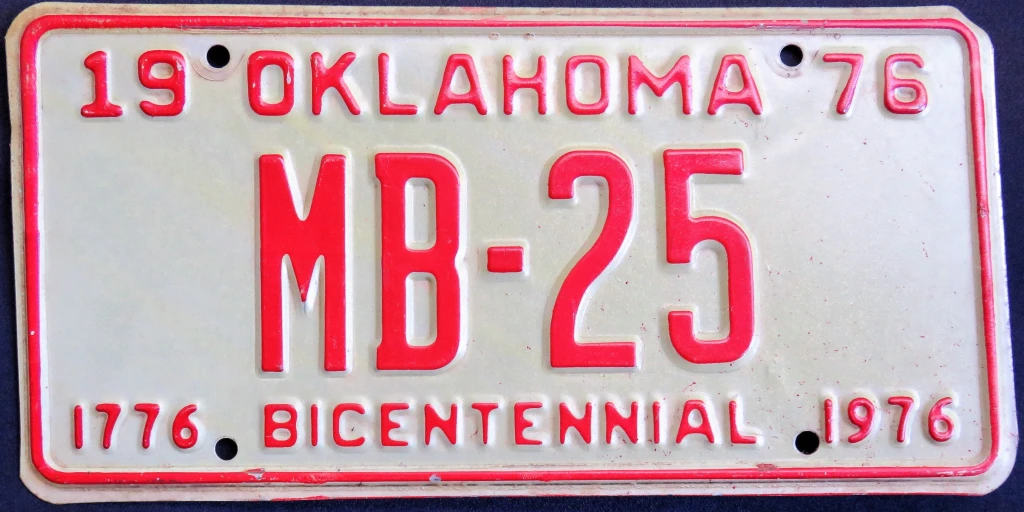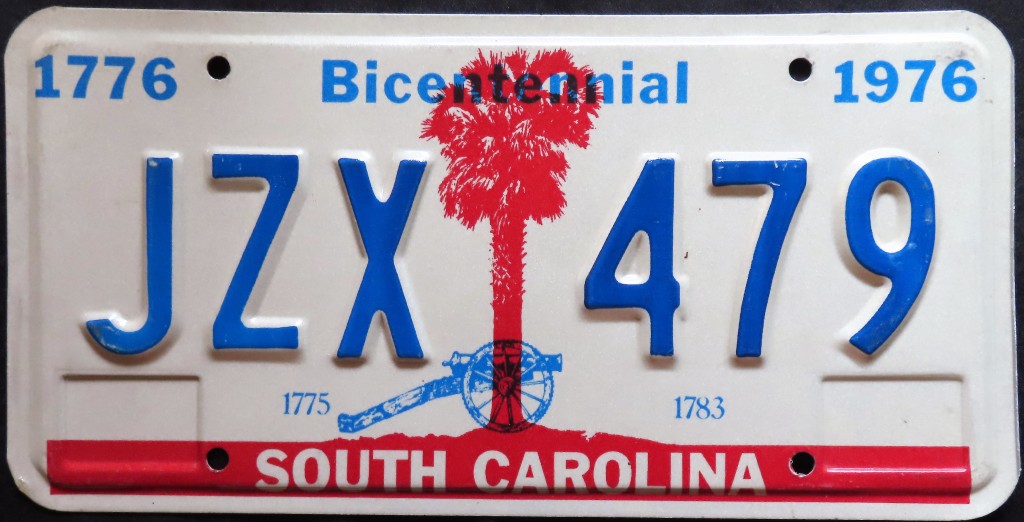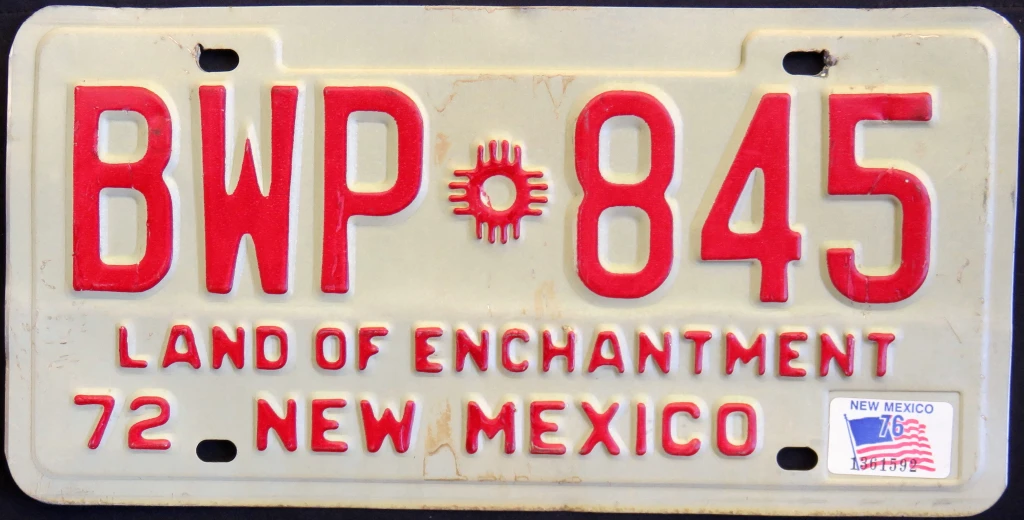On the heels of South Dakota’s landmark 1974 graphic base, America’s Bicentennial inspired many states to issue new colorful graphic passenger plates to celebrate the milestone. They all shared at least one of several elements: a red, white, and blue color scheme; screened graphics; the Bicentennial logo; or the word “Bicentennial” in the slogan.




























Interesting notes on the above plates:
- The Booster plates were optional ones that could be placed on the front of cars in states where only one regular license plate was issued.
- Colorado’s plate actually celebrated the state’s Centennial; however, due to the elements presented and the timing it is also considered by many to be a US Bicentennial plate.
- Indiana and Missouri each issued a dated “76” non-Bicentennial plate; their US Bicentennial plates would expire some time in 1977 and due to the system at the time would have been issued in either 1976 or 1977.
- Illinois and Michigan were each designed by members of the public through a contest.
- Pennsylvania began issuance of its US Bicentennial plate a full five years before the anniversary. Also, unlike the all the other US Bicentennial and booster plates, it adhered to a different color scheme, retaining the blue and gold colors typical for the state.
Some states had a specially-designed registration sticker that was affixed to the current base, or issued a sticker that created a red, white & blue color scheme.
















